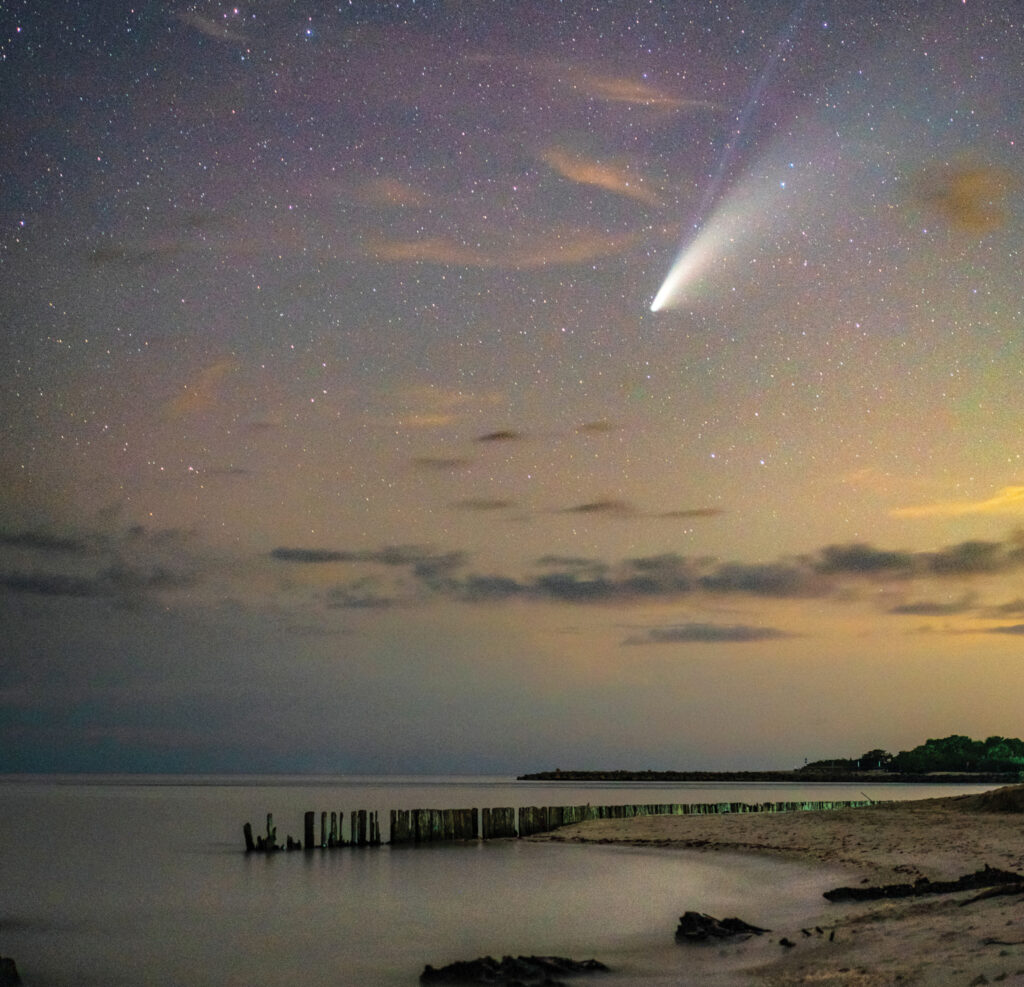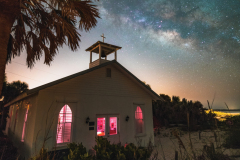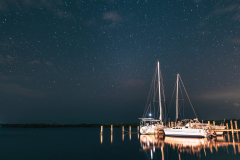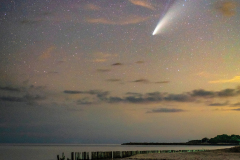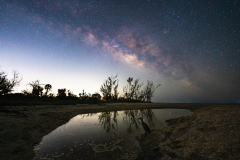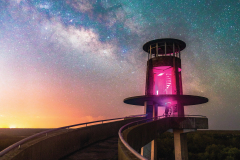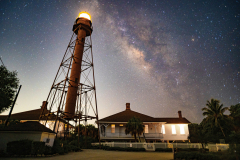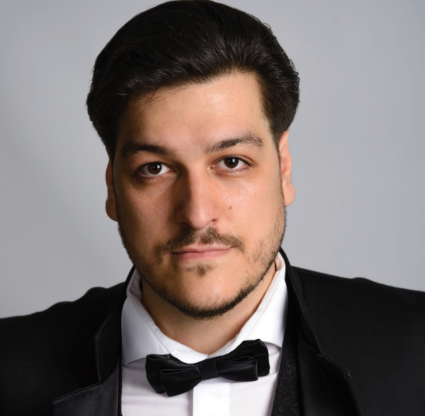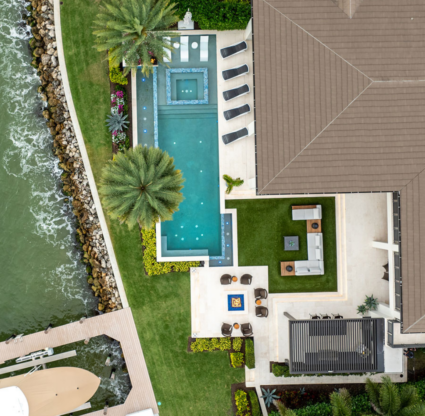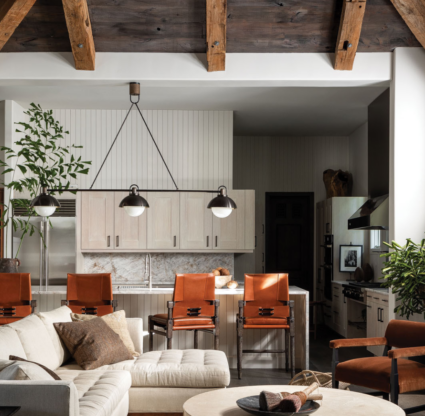In 2015, professional photographer and videographer Robert “Rob” Hoovis started asking around about the best places to capture the night sky. He’d seen time-lapse videos of the Milky Way on YouTube and Vimeo and wanted to make his own. But he couldn’t figure out where to do it locally. “Sanibel,” a photographer friend finally told him. “If you go to Blind Pass and walk south toward Bowman’s Beach, it gets really dark out there, and you can see a lot of stars.”
Rob waited until the new moon, and on a clear and cloudless night in May, he took his Canon and not much else to a remote stretch of beach on the island. “Sometimes you find yourself looking up and seeing things most people will never see,” Rob says.
In Southwest Florida, we are uniquely blessed with relatively low light pollution and a gorgeous dark expanse set against the backdrop of the ocean and the Glades. Remote beaches and swamps grace this area and make for stellar stargazing.
Rob has shot the night sky from places like Pine Island, Captiva Island, Chokoloskee and Fakahatchee Strand Preserve State Park. Before Hurricane Ian, one of his favorite spots was the Ten Thousand Islands, around the Cape Romano Dome Home, which stood off the coast of Marco Island. “There was something about being out there at night and seeing them standing in the water,” he says. “It was magical.”
Before Rob began shooting the night sky, he was afraid of the dark for a long time. He remembers that first night on Sanibel: There was no moon and no clouds to reflect the light. Every sound was amplified—the crash of waves against the shore, the rustling in the brush. “Quite frankly, I was scared to death,” he says.
But the more he went alone into the dark, embracing a night lit only by stars, the more he let himself be drawn in by the expanse above him. He remembers one night when he was shooting in a remote spot on Sanibel, trying to catch the reflection of the Milky Way in the still estuarine water. When he went to grab his second camera on his way out, he heard something behind him. He put his flashlight in his mouth, and the beam lit up a bobcat in front of him. The two stared at each other for a long time, and then Rob backed up to the shoreline and the bobcat retreated into the mangroves. The feeling of that moment—awe, fear and a deep reverence for nature—infuses Rob’s work. It’s a feeling available to all of us here along the Gulfshore, nightly. All we have to do is look up.
Photography by Robert Hoovis

